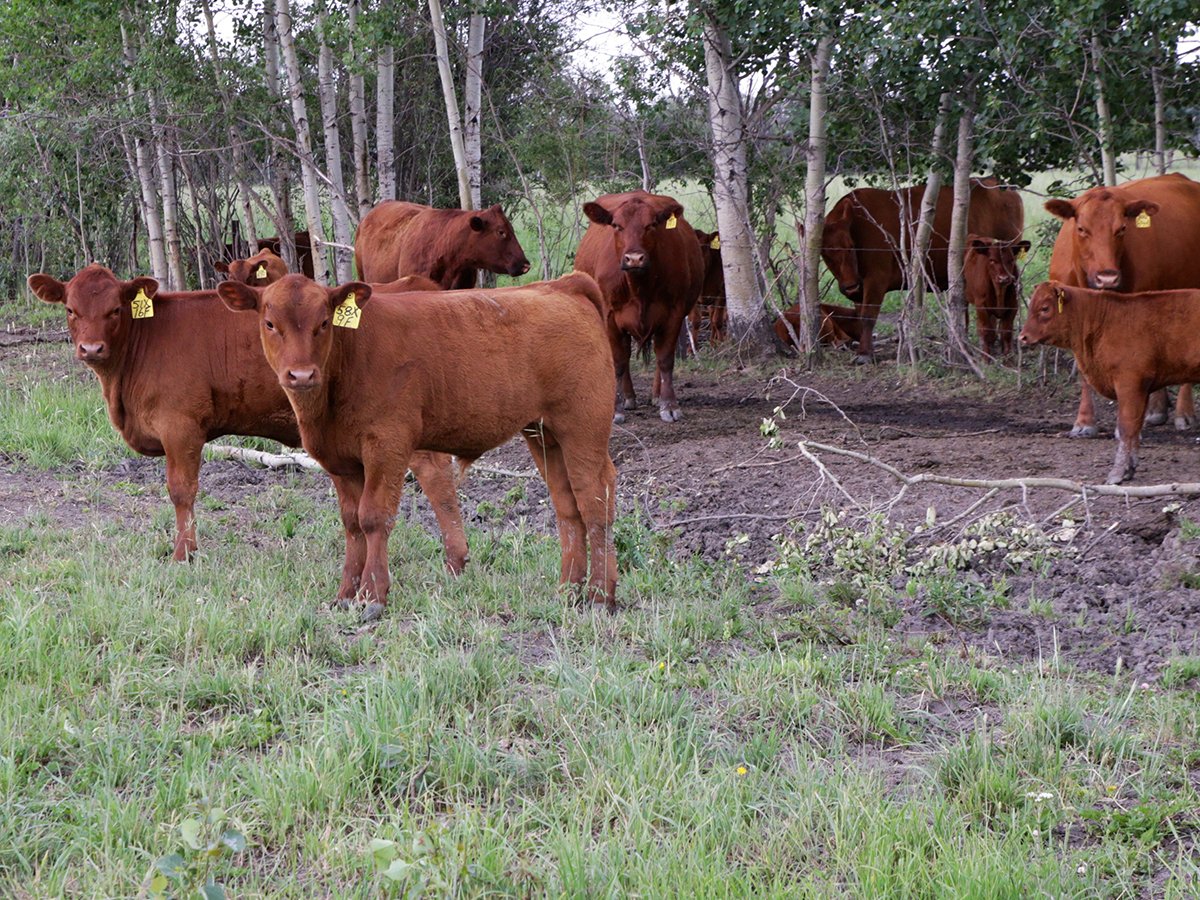Producers can fine tune their herd’s performance by recording data on every cow
LANIGAN, Sask. — Improving an existing herd’s production performance is more important to a farm’s bottom line than expansion, says a beef economist.
“In this era of considering expansion and growing your herd, one way, rather than to simply just adding more cows, is to get better rather than getting bigger,” said Kathy Larson of the Western Beef Development Centre.
She told a Dec. 16 winter field day at the Termuende Research Ranch near Lanigan that it is important to maintain good production records.
‘If you can improve your production performance and just simply wean more pounds of calf with the same amount of cows, you’d be better prepared for the next downturn in the price cycle,” she said.
Read Also

Feeder market continues the climb
For the week ending Aug. 30, Western Canadian feeder cattle markets traded $4-8 per hundredweight higher on average.
“I know that sounds very doom and gloom to be saying that at these record high price times, but we know that it happens. We know that we have cyclical prices and eventually we’ll have a decrease in prices.… Anything that you can do to better prepare yourself for that time is a bonus.”
She said strong record keeping should serve as the centerpiece of any good beef management program, but the job of collecting, maintaining and using records often receives the least attention.
“The ability to review historical information and use it in the decision-making process is the single factor that separates the premier managers from those who just do a good job,” she quoted from a recent University of Kentucky study.
The study found that proper records can help farmers make decisions about their herd’s reproductive, productive and financial status.
“Ultimately, when you look at the equation for cost of production and your price that you need to sell your calves — your break-even price — it’s your total cost for your cow-calf operation divided by your total pound of calf weaned,” said Larson.
Conception rate, calving rate, calving distribution, calf death loss, wean rate and weight influence pounds of calf weaned.
“If you can track those production indicators for your herd, you can see where you have possibilities — strengths and weaknesses — areas where you can improve your production and increase your total pounds of calf weaned, and that makes you more money,” she said.
Herd level analysis is good, but records on a per cow basis are better.
“Ideally, I’d want a producer to track each calf that they know who the dame of the calf is,” she said.
“They know its birth date, its birth weight, its sex, its weaned rate; calving ease is always useful.”
Information-gathering techniques vary widely between farms from annual subscriptions using the latest digital tools to homemade spreadsheets to pen and paper.
However, Larson said that no matter what method farmers use, they seldom do anything with the information.
A new calving pocketbook from Saskatchewan’s agriculture ministry says cow herd reproduction is five times more important than growth rate and 10 times more important than carcass quality when it comes to contributing to income.
“Front load your breeding season so at least 60 percent of your herd calves during the first 21 day cycle and the profitability in your herd will improve,” it said.
Calving apps and programs continue to help producers store information on smartphones so that the information can be used electronically.
Record keeping tools vary from free to thousands of dollars for annual subscriptions, although a 70 percent traceability rebate is now available for higher-priced programs.
Larson said it’s possible to easily recoup the annual cost of a program.
“Cost production is about $650 per cow, so if you can identify one poor performer each year and sell her, and cull prices are strong right now, it makes better sense to get her out of the herd,” she said.
“That $650 saving to get one lower producing female out, oftentimes you’ll cover the cost of those higher priced programs.”
Producers are also encouraged to complete the Western Canadian Cow-Calf Survey at www.wbdc.sk.ca/wcccs.htm to help develop better production benchmarks. The survey was last conducted in 1998.
“Sometimes even if you’re doing all of the analyses on your own operation and looking from year to year in your own herd, it’s useful to be able to look at other numbers,” she said.
“To look at averages from your region, within your herd size, your province, to say, ‘am I on track, am I doing things OK, is there any areas I can improve, or what areas am I doing really well?’ ”
william.dekay@producer.com















